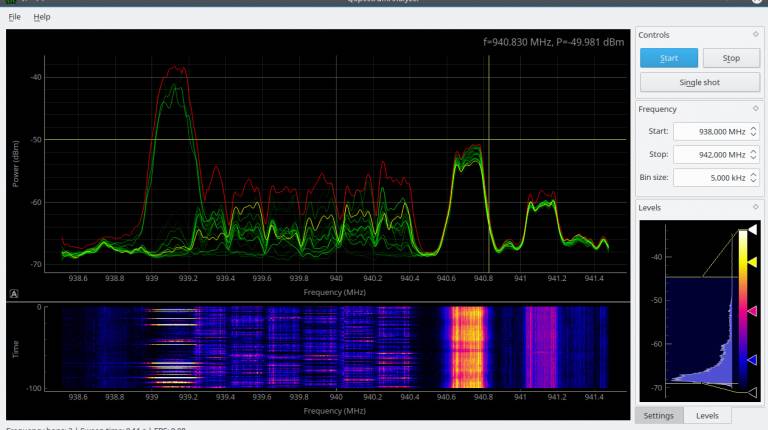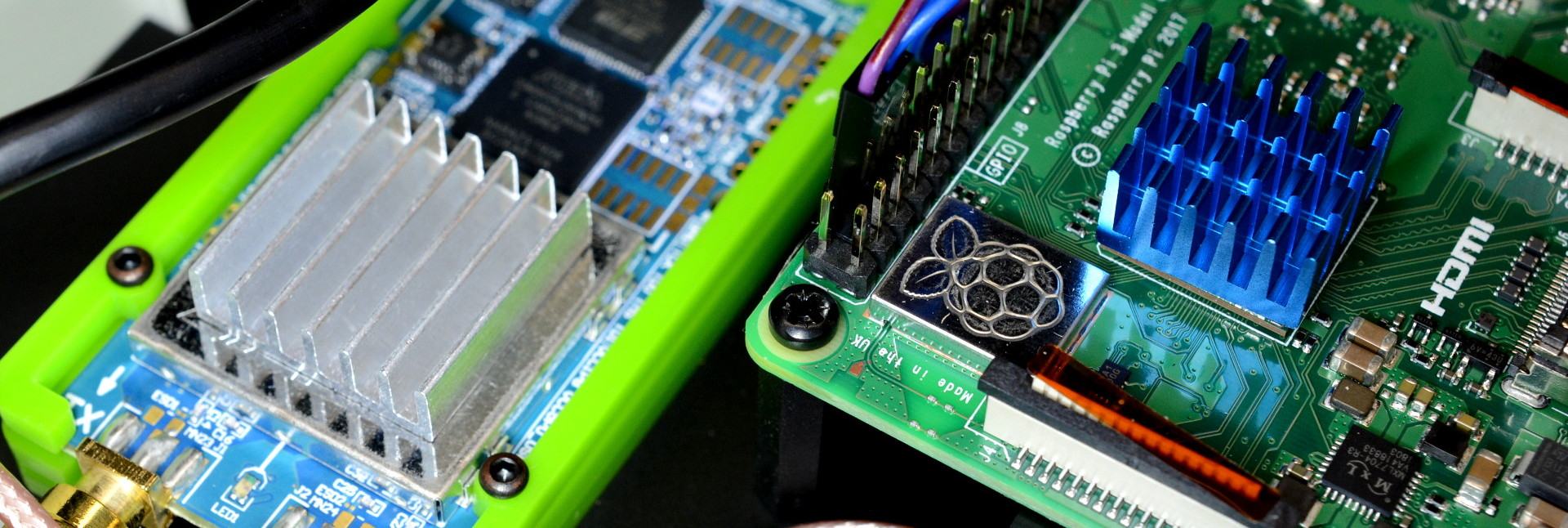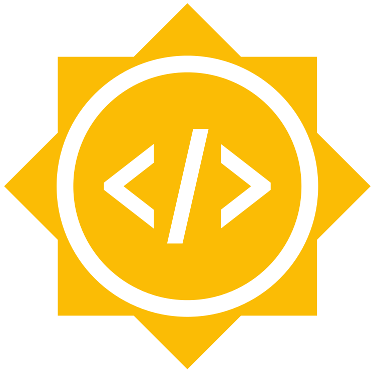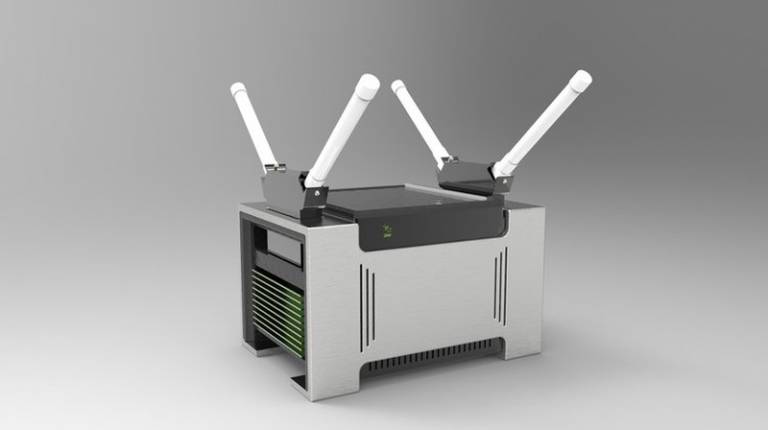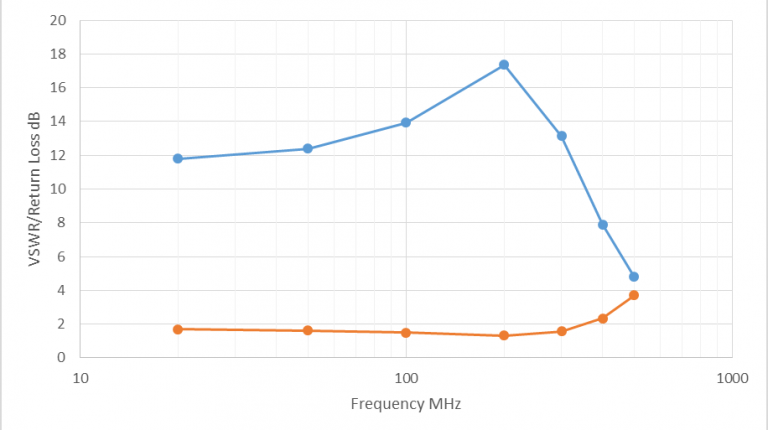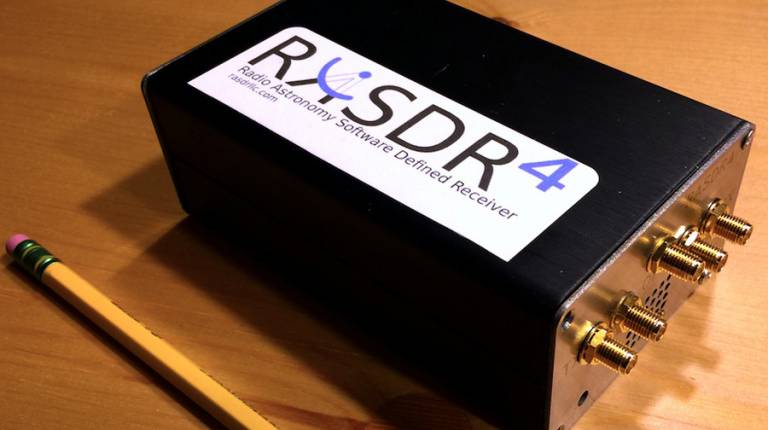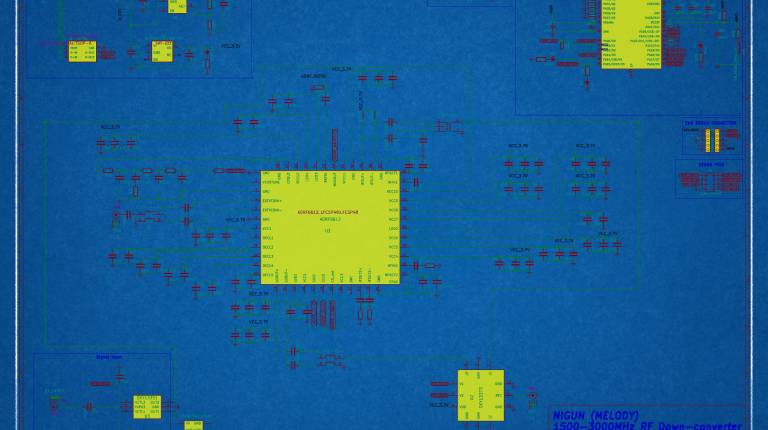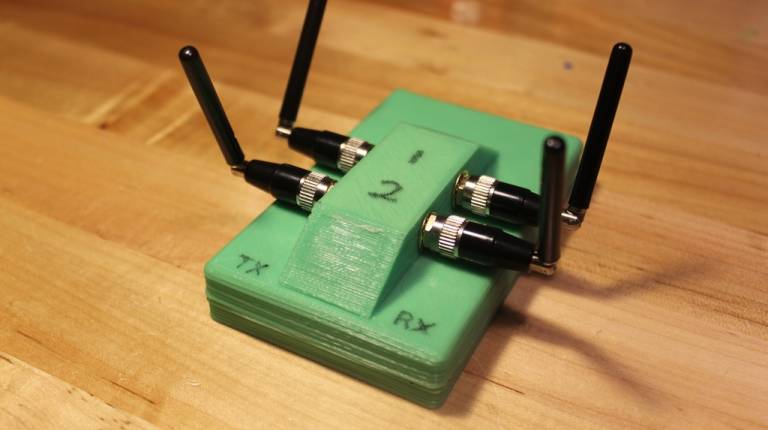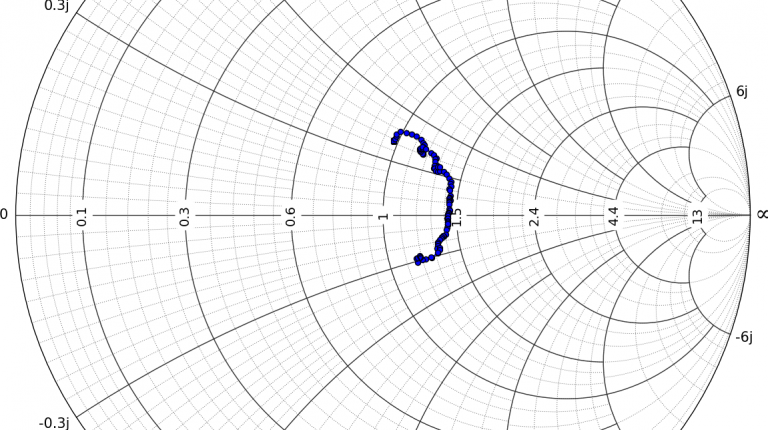Over The Air: LimeSuite Updates, QSpectrumAnalyzer, GNURadio DSRC, Antenna-Free Smartphones, Summer of Code Deadline, and a 1955 QRP Transmitter
Over The Air is our fortnightly round-up bringing you the latest on topics of interest to the software defined radio community, as curated by technology journalist Gareth Halfacree. The stable branch of LimeSuite has been upgraded to version 17.02.1 this month, adding a handful of new features and a…
